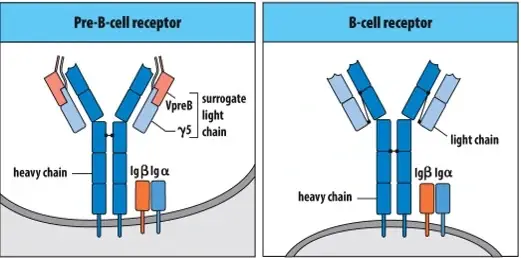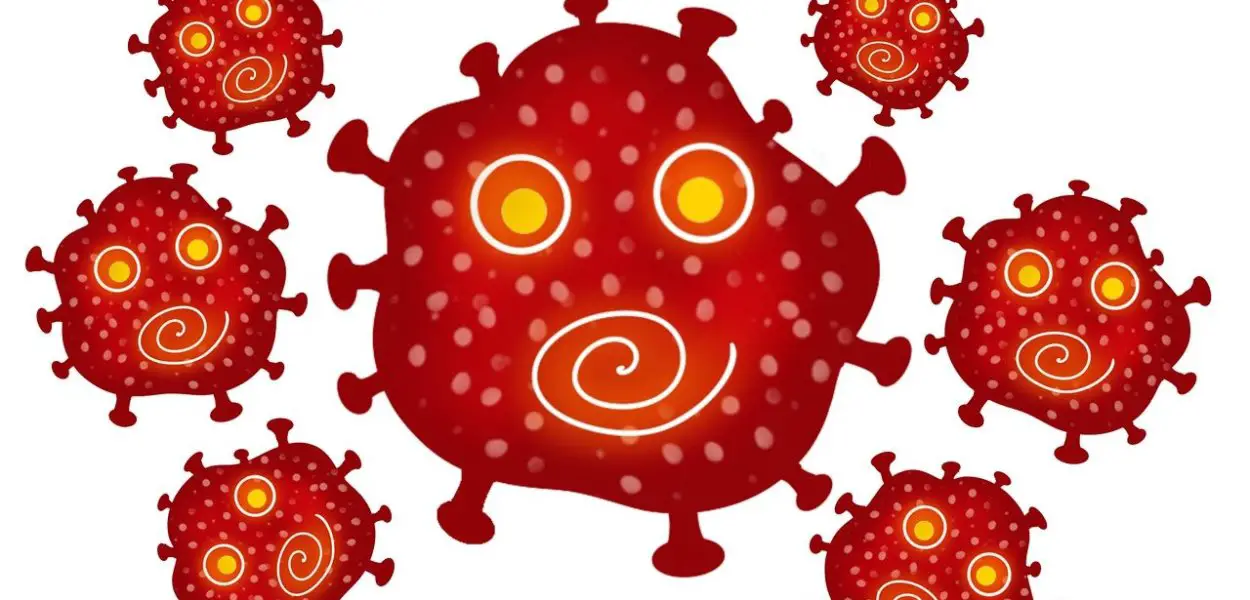The Modified Barium Swallow Study: Exploring Anatomy, Procedure, Diagnoses, and Medical Findings
Radiology plays a pivotal role in helping patients and clinicians with diagnosing and assessing various medical conditions by utilizing advanced imaging techniques. One such diagnostic procedure is the Modified Barium Swallow Exam (MBSE) commonly used to help patients, which provides invaluable insights into the anatomy and function of the upper digestive tract. This essay delves into the anatomy, steps, diagnosis, and findings associated with the Modified Barium Swallow Exam. Stay tuned for practice questions and answers at the end!















![Central Chemoreceptor vs Peripheral Chemoreceptor in Respiration [Biology, MCAT, USMLE]](https://moosmosis.files.wordpress.com/2022/02/respiratory-control_med.jpeg?w=200&h=200&crop=1)

